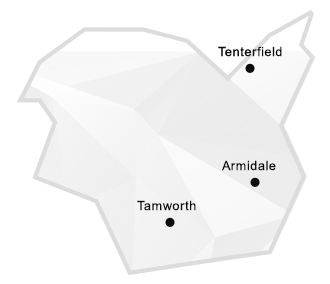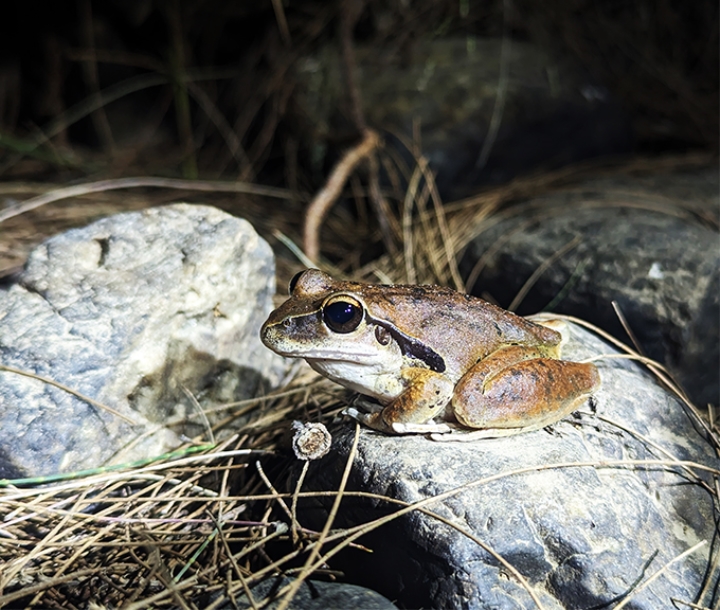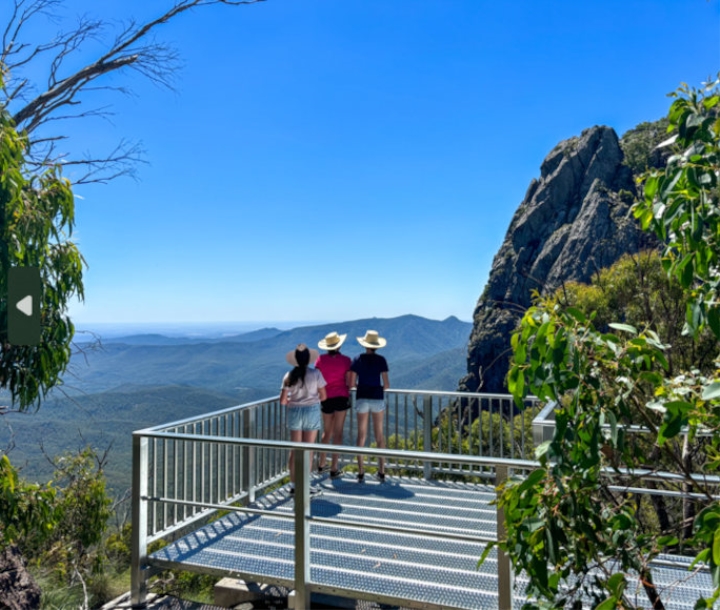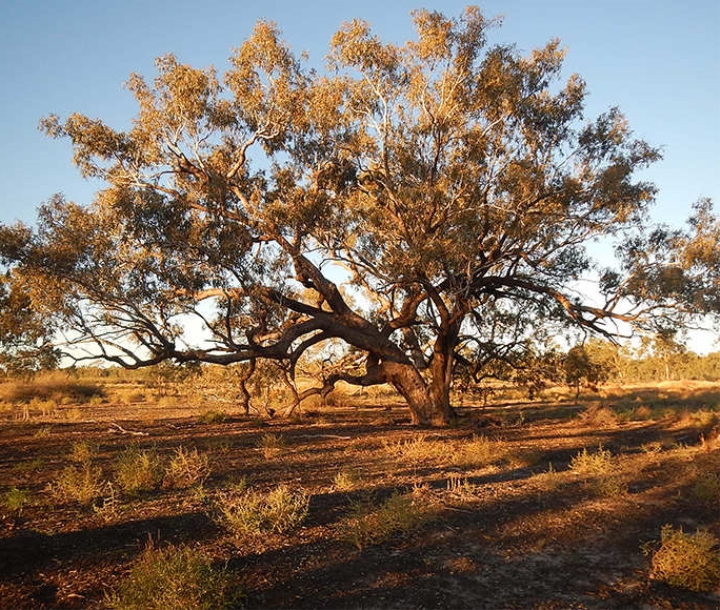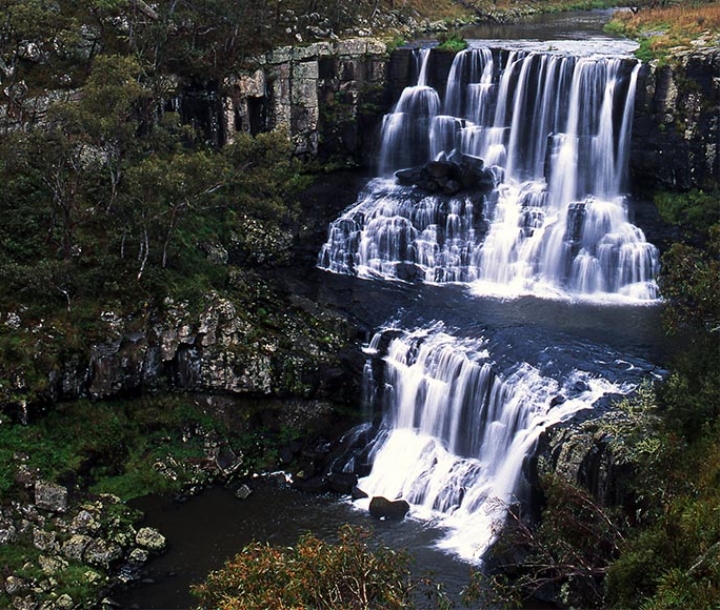Featured threatened species
Common name
Spotted Harrier
Scientific name
Circus assimilis
Status in NSW
Vulnerable
Commonwealth status
Not listed
The Spotted Harrier is a medium-sized, slender bird of prey having an owl-like facial ruff that creates the appearance of a short, broad head, and long bare yellow legs. The upperparts are blue-grey with dark barring, and the wingtips are black. The face, innerwing patch, and underparts are chestnut. The long tail is boldly banded, with a wedge-shaped tip. Juveniles are mottled and streaked ginger and brown, with prominent ginger shoulders, fawn rump and banded tail.



